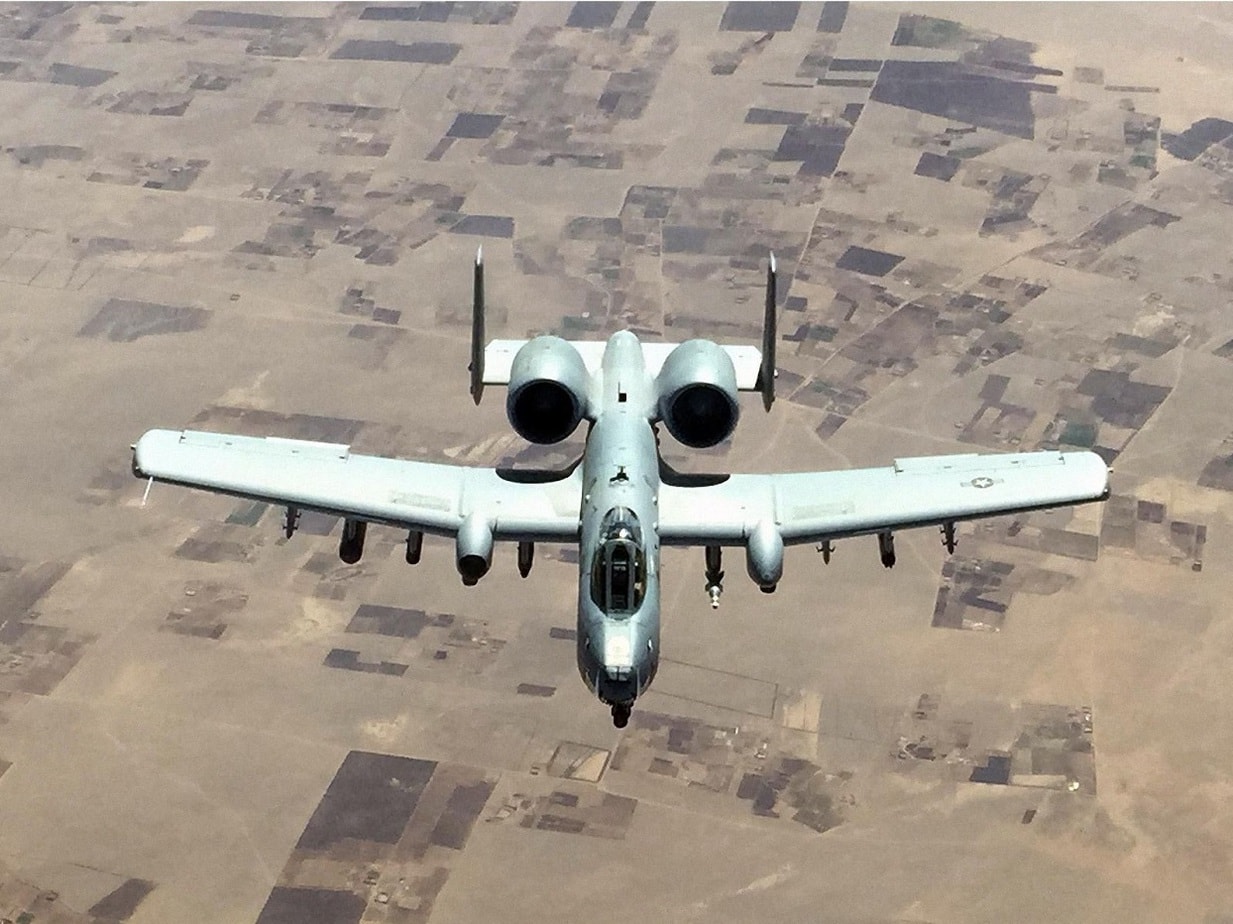Despite being nearly fifty years old, how does the U.S. A-10 Warthog continue to survive various efforts to cancel it each time it’s in budget-cut danger? An airplane that is as ugly as its name, the A-10 can bring the heat to the air-to-ground battle. Its many critics have to admit that this thing is just awesome at close-air-support. Designed as a “tank plinker” during the Cold War, the Warthog showed extreme prowess during Operation Desert Storm while destroying all kinds of Iraqi weapons systems.
How Many Lives Does the Warthog Have?
But the Air Force has wanted to eliminate the A-10 for more than 20 years. It is considered too slow and ponderous after decades in service. And despite its achievements in the air-to-ground fight, opponents believed the money used on upkeep and maintenance could be better spent on more modern aircraft.
Enter the Biden Administration and the U.S. Senate
Then politics entered the picture. First, the Biden Administration said no more Warthogs and proposed to retire dozens of them. Then rookie Arizona Senator Mark Kelly took a defiant stance against eliminating the Warthog. Senator Kelly is up for re-election in 2022 and the A-10 flies out of his state. He is worried that an opponent would label him as the senator who abandoned the A-10 and that would result in numerous lost jobs. This means the economic benefit to Davis-Monthan Air Force Base in Tucson is part of the political calculus. This base is estimated to add $3 billion to the local economy. So, losing the A-10 would put a dent in that number.
One Senator’s Husband Flew the A-10 and She Wanted to Keep It
This isn’t the first time a senator has fought for the A-10. In 2014, then New Hampshire Senator Kelly Ayotte went up against then-Secretary of Defense Chuck Hagel. Hagel believed, once again, that the airplane was too expensive to maintain and too old. Ayotte was fighting a unique battle though. Her husband was an Air Force pilot who flew the A-10 (also called the Thunderbolt officially), even though the A-10 was not based in New Hampshire and had no defense contractor connections in the Granite State. Ayotte also had a powerful ally. Senator John McCain of Arizona wanted to keep the A-10 because, like Mark Kelly, he didn’t want to lose the economic benefits of keeping the A-10 in Tucson. The A-10 also had squadrons in Georgia and both senators from that state fought for it in 2015.
Congress and the Pentagon Are Too Fickle
This is an example of Congress wanting it both ways. Congressional members say they would like a cost-effective, efficient military that is easy to modernize and fights in a nimble fashion. But when the President or the Pentagon want to move on from old, outdated systems, members cry foul and fight back. In 2014, the Obama administration said that retiring the A-10 could save $4.2 billion. The White House said the new F-35s and F-22s could also be used to fight in close support against ground threats.
Here’s the problem. The A-10 has survived so long that it has endured the complete 20-year cycle of the global war on terror to include service in Afghanistan and Iraq. Those fights are over, but now the military faces threats of a revanchist Russia and a rising China. War, if it ever happened, could be comprised of some mechanized conflicts, and guess what? That is exactly what the A-10 was made for. 21st-century warfare has reverted back to a potential armored fight. Therefore, there is an argument to keep the A-10 around for potential conflict with Russia or China.
1945’s new Defense and National Security Editor, Brent M. Eastwood, Ph.D., is the author of Humans, Machines, and Data: Future Trends in Warfare. He is an Emerging Threats expert and former U.S. Army Infantry officer.

